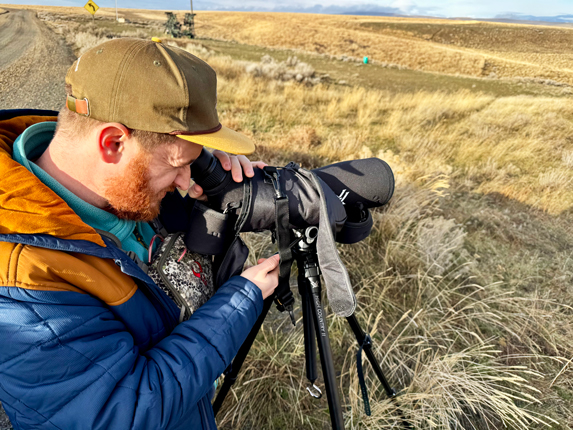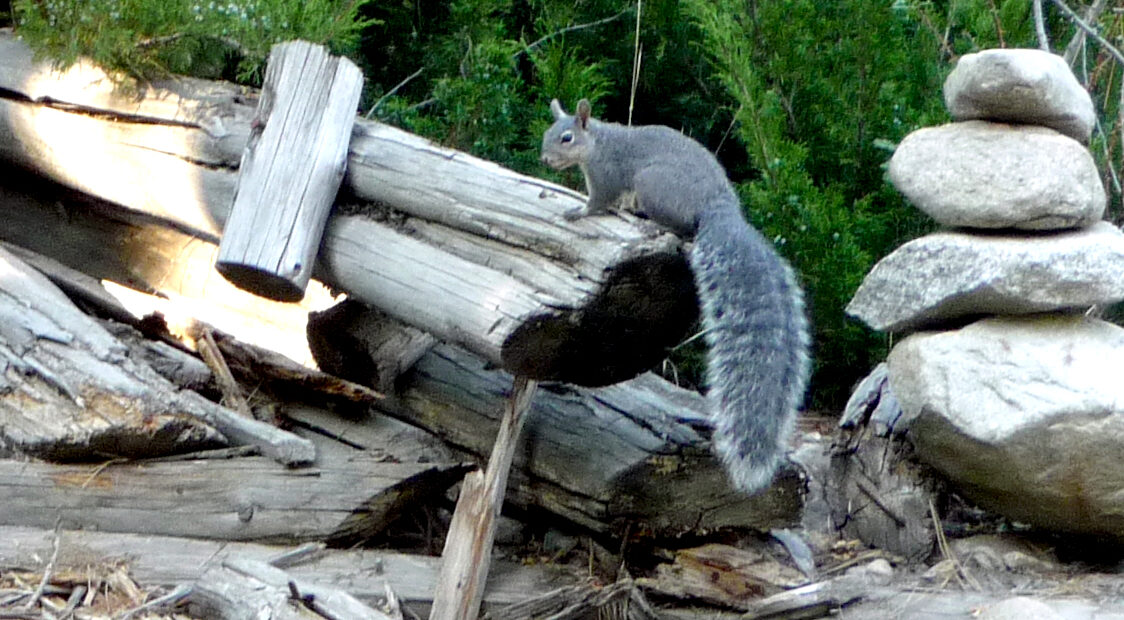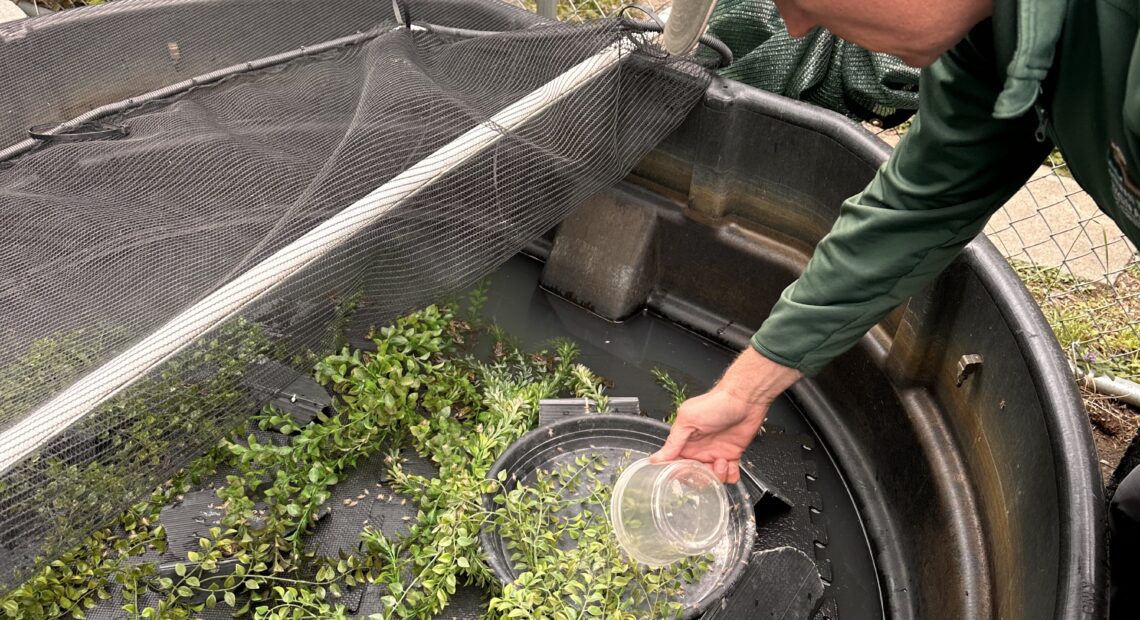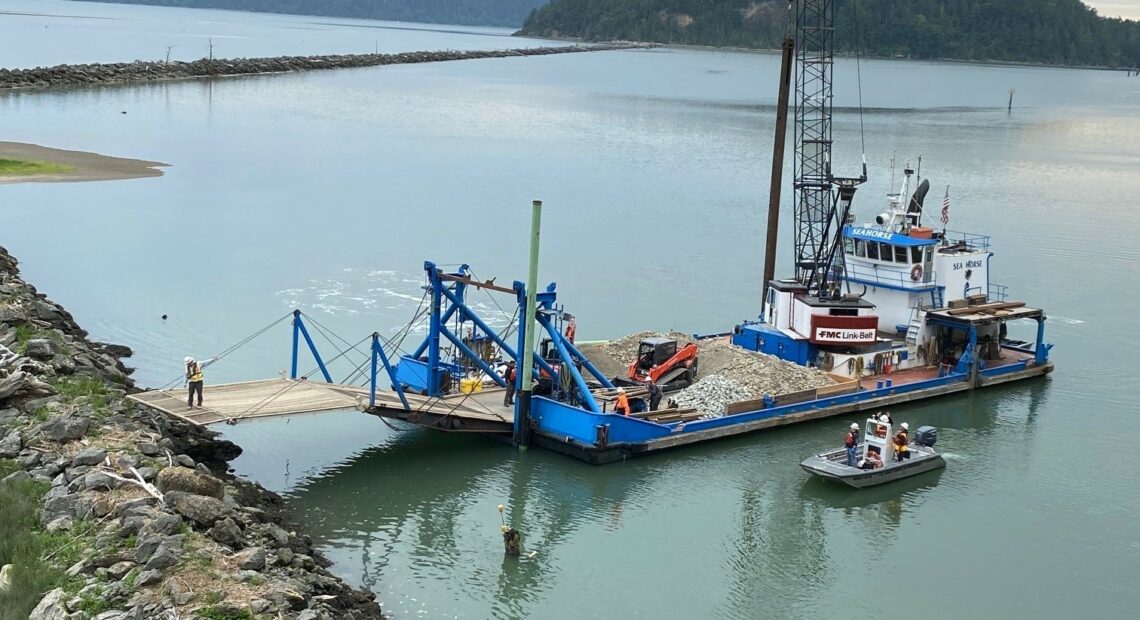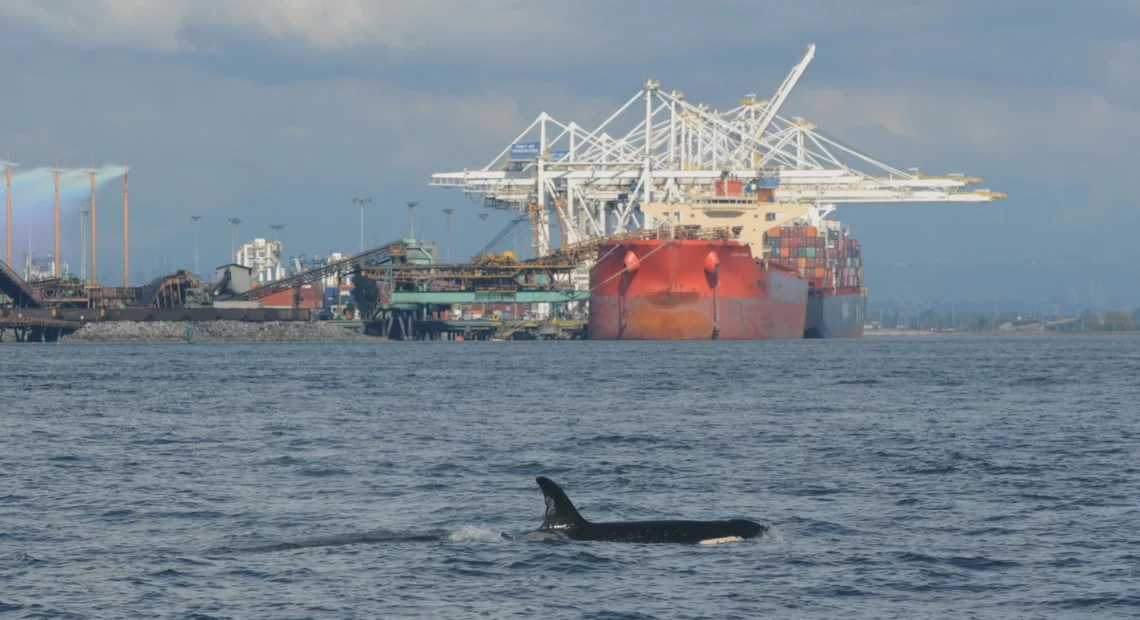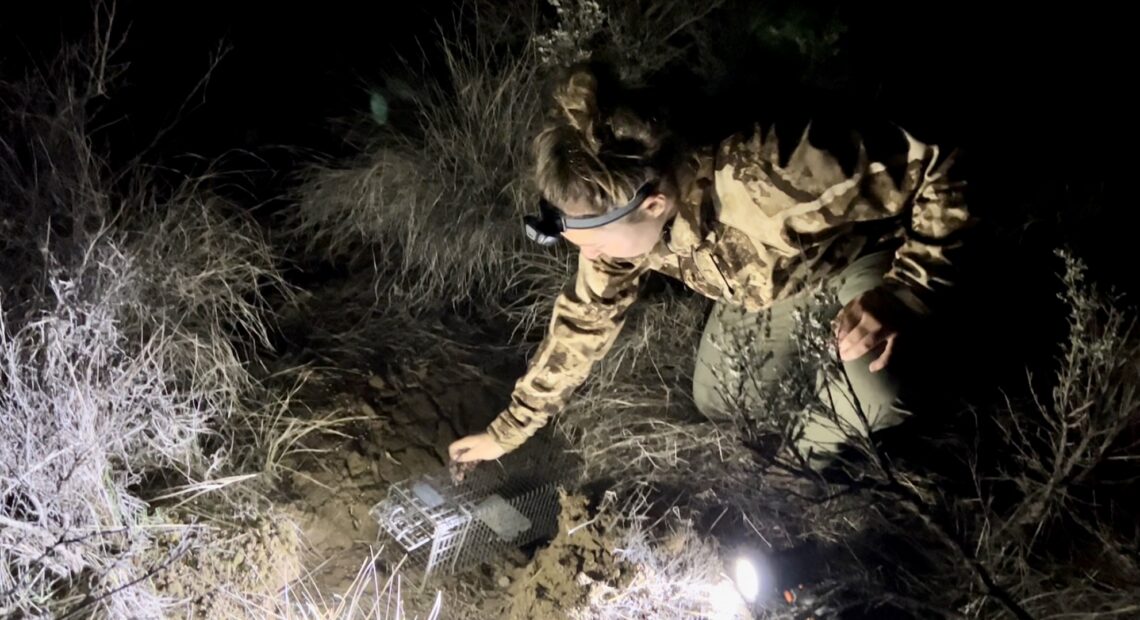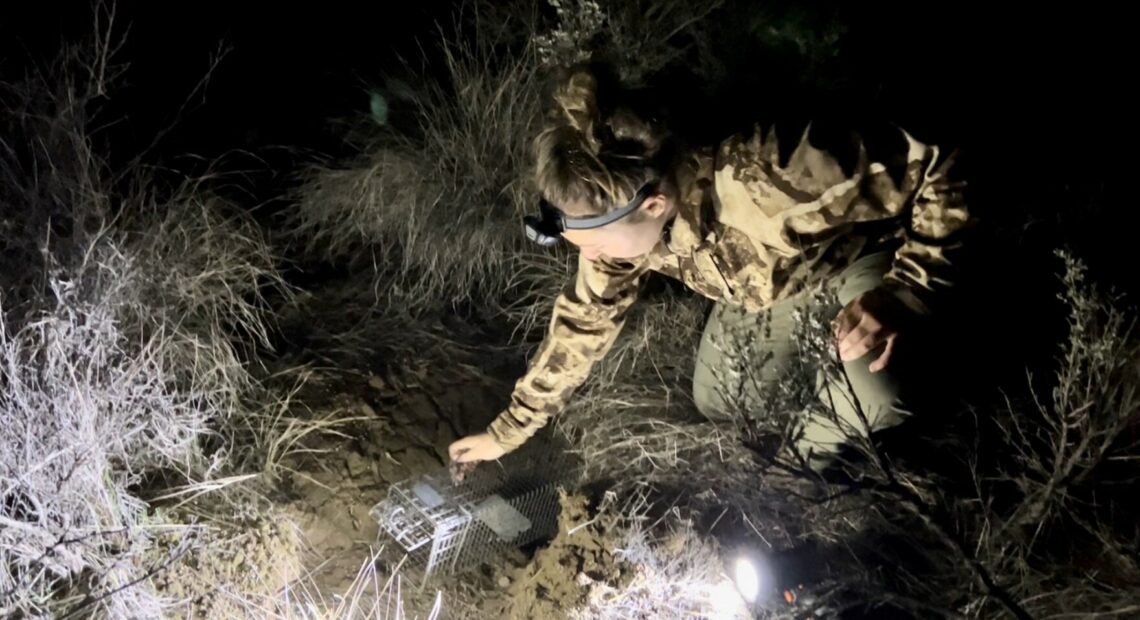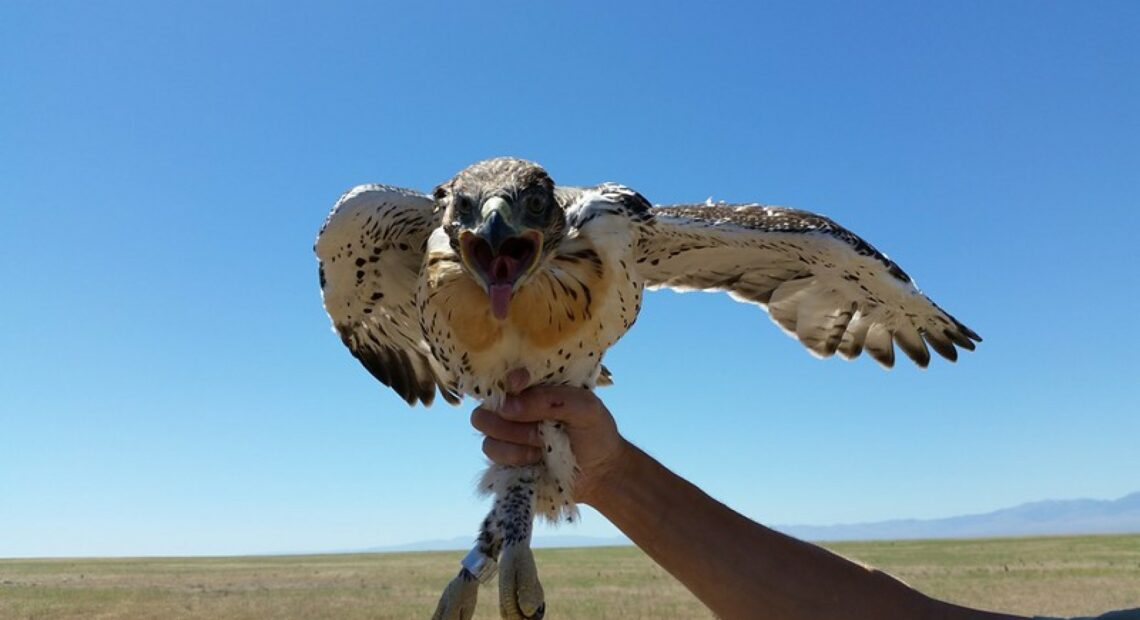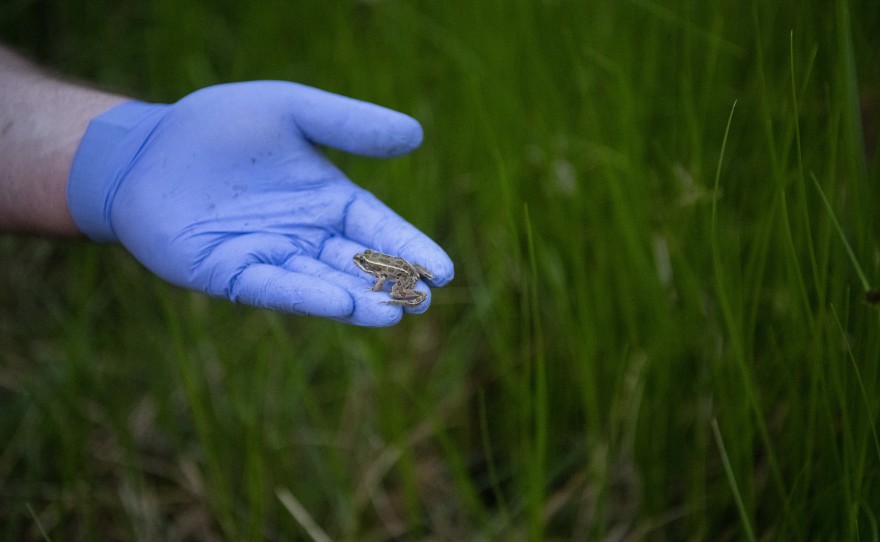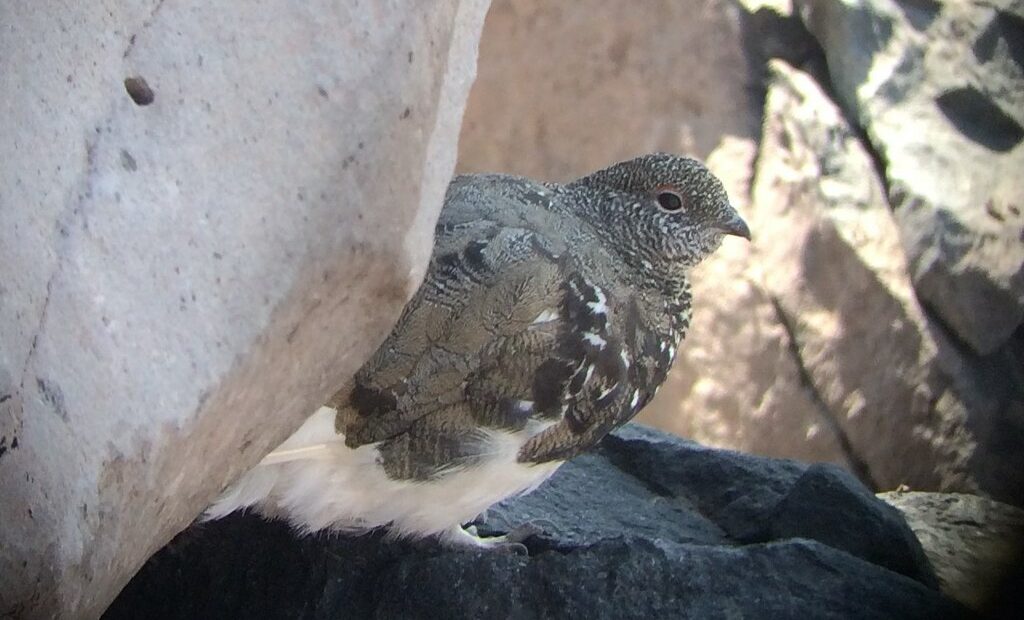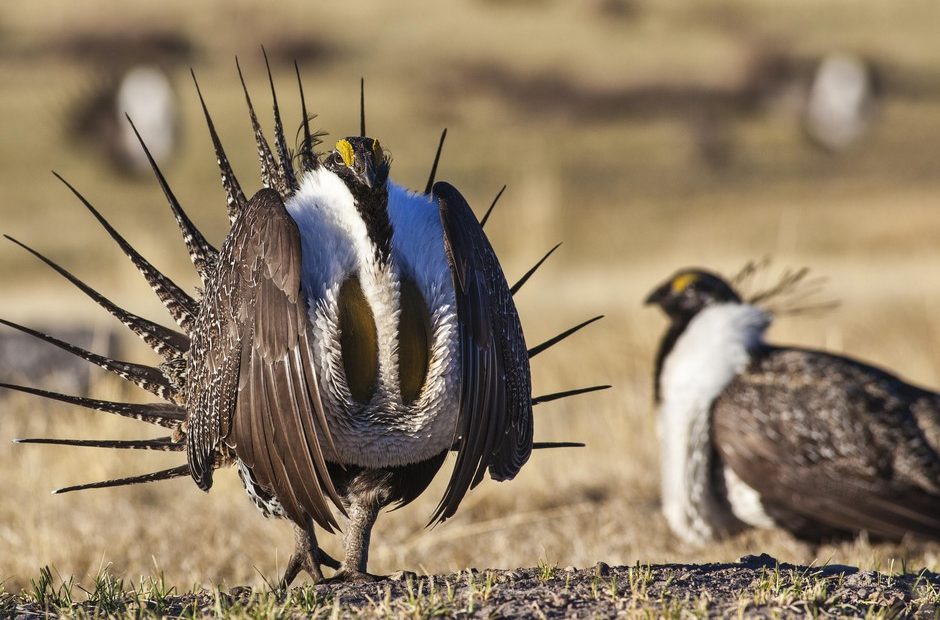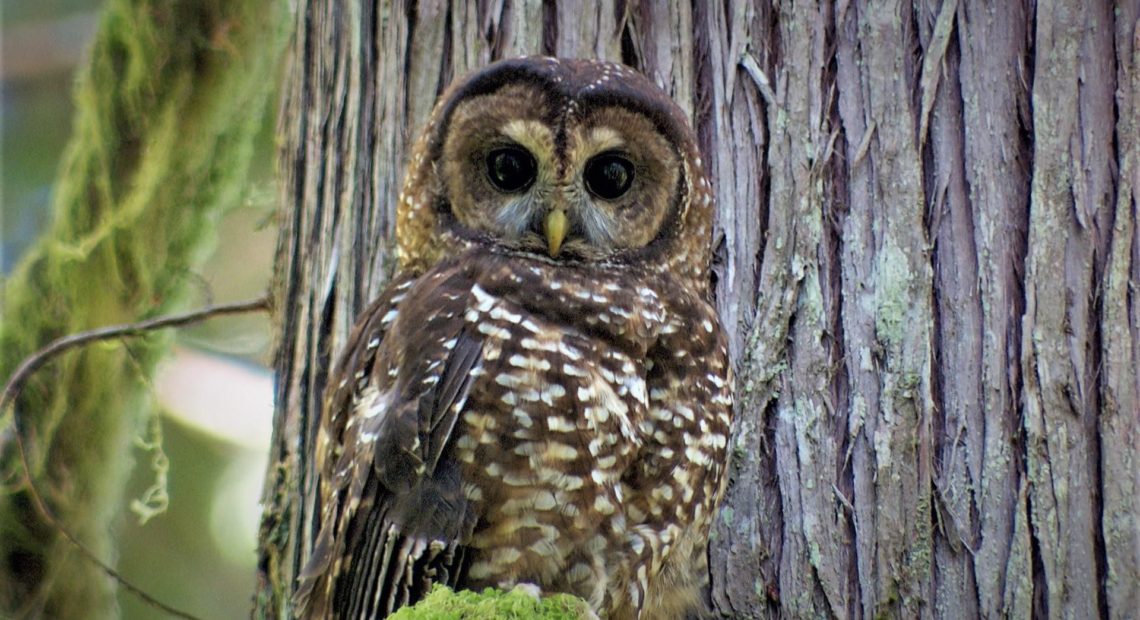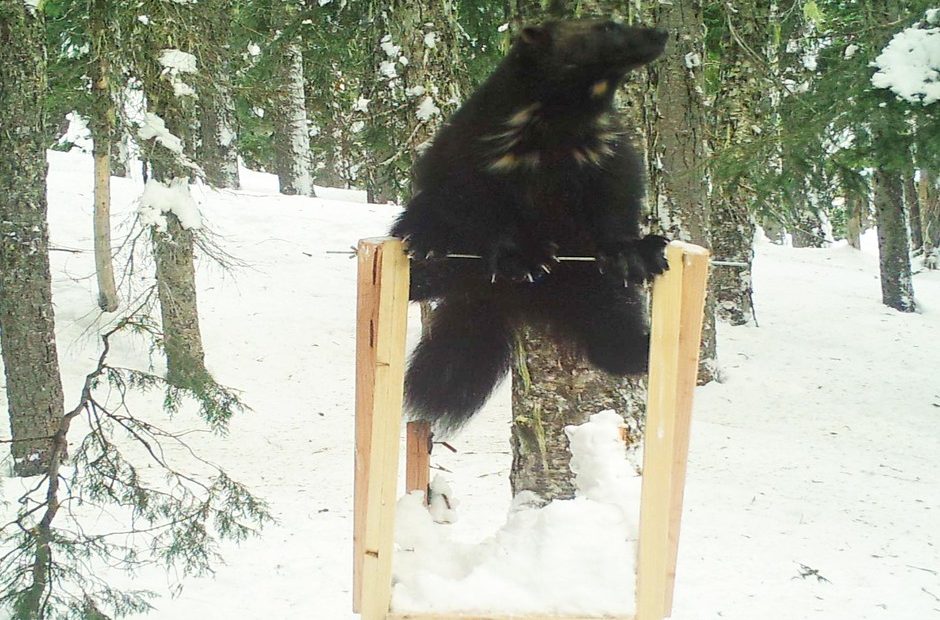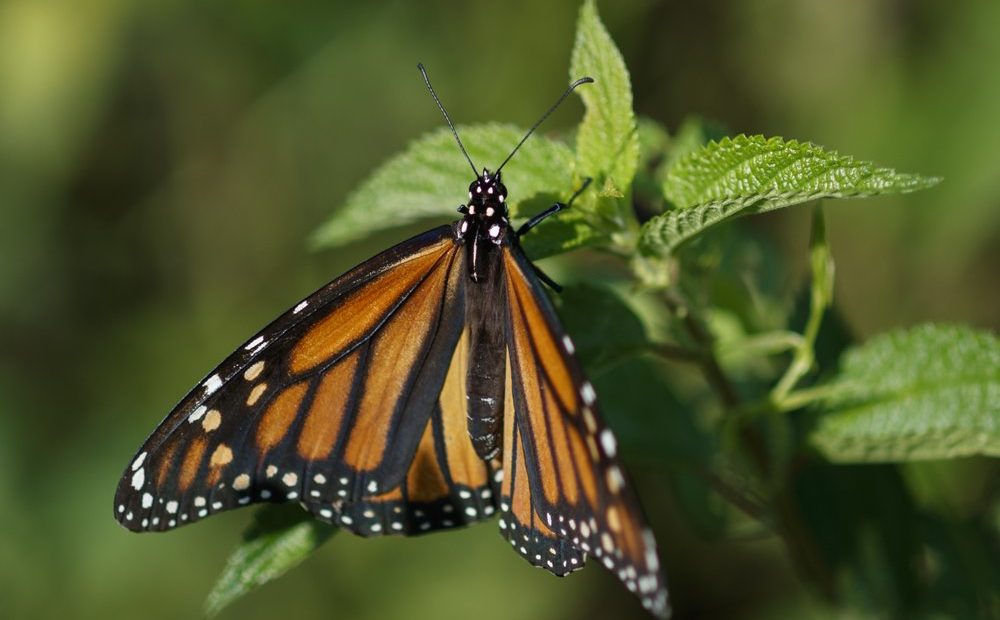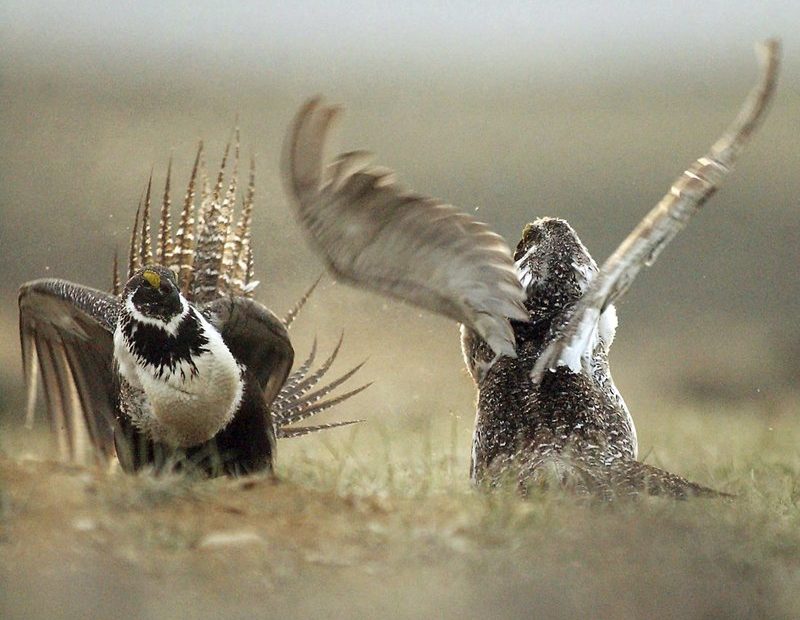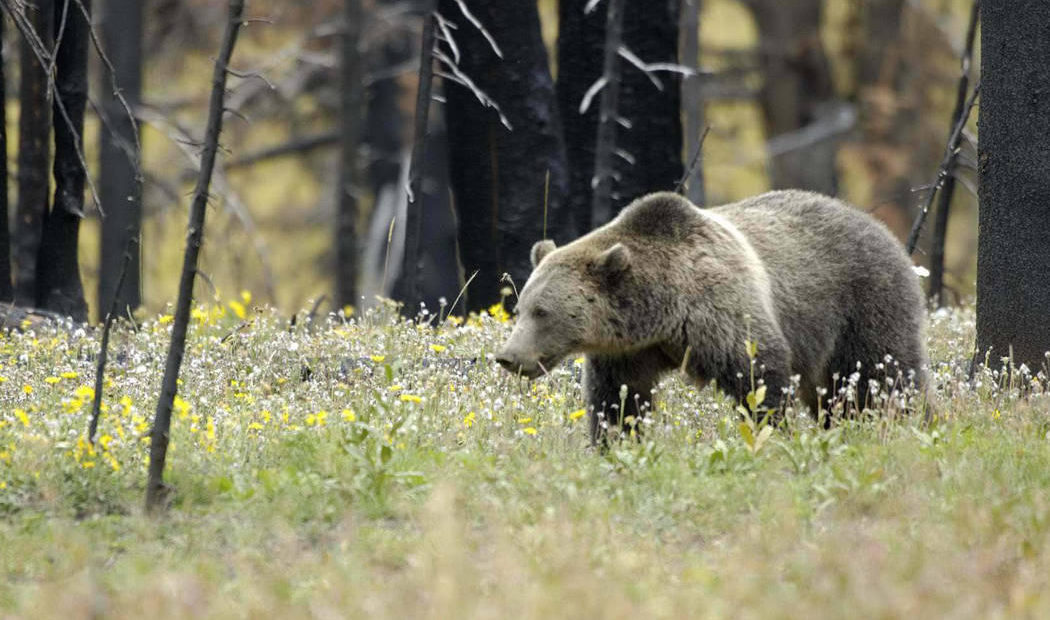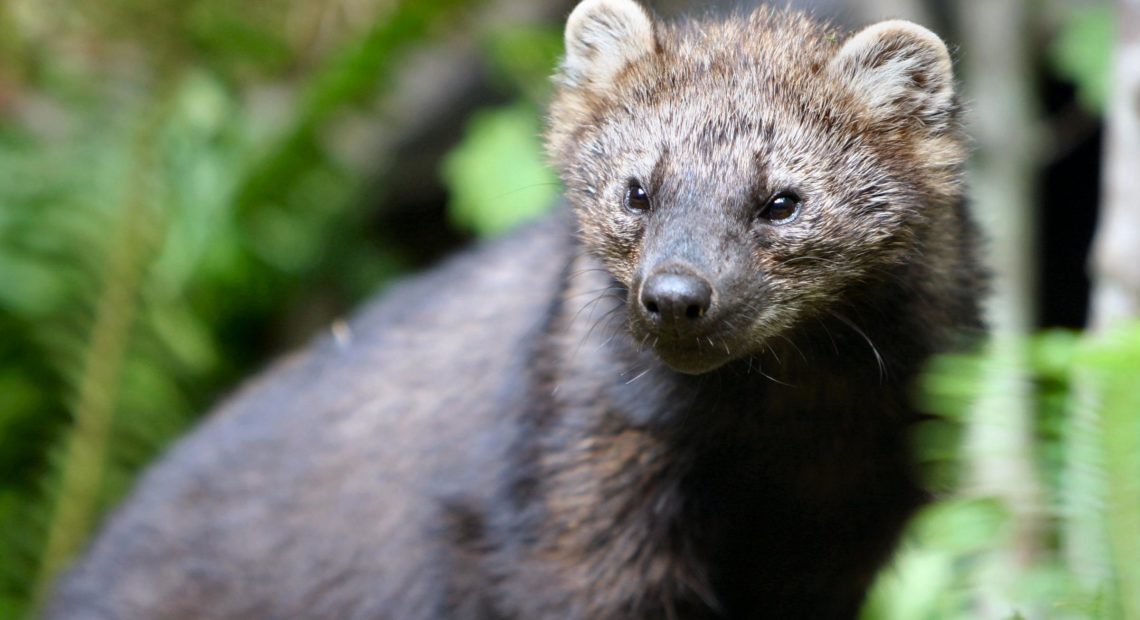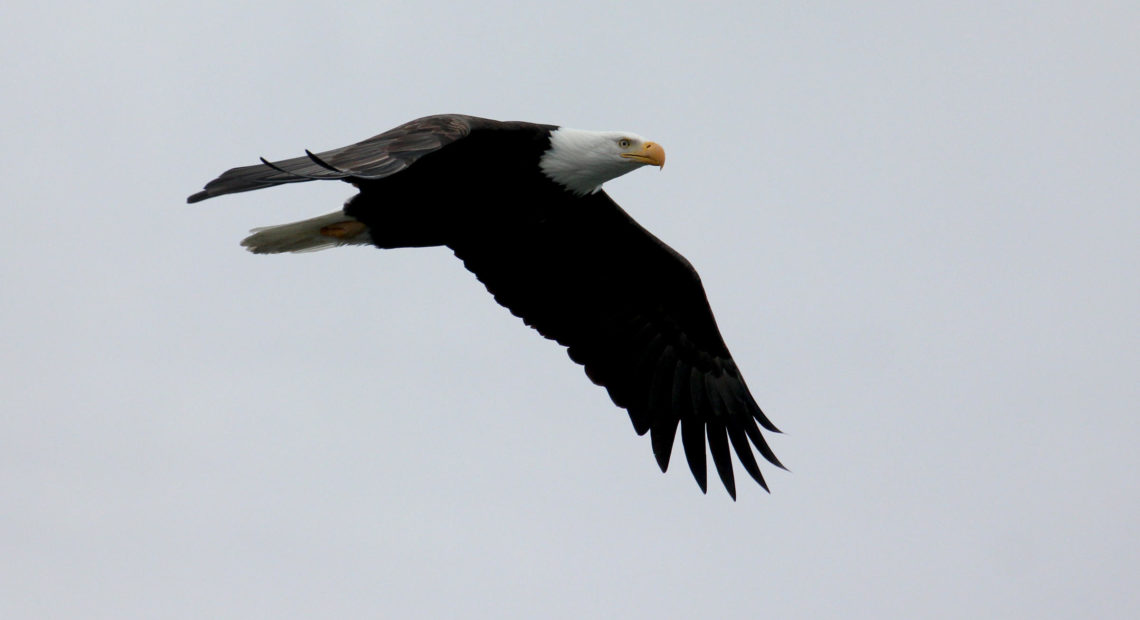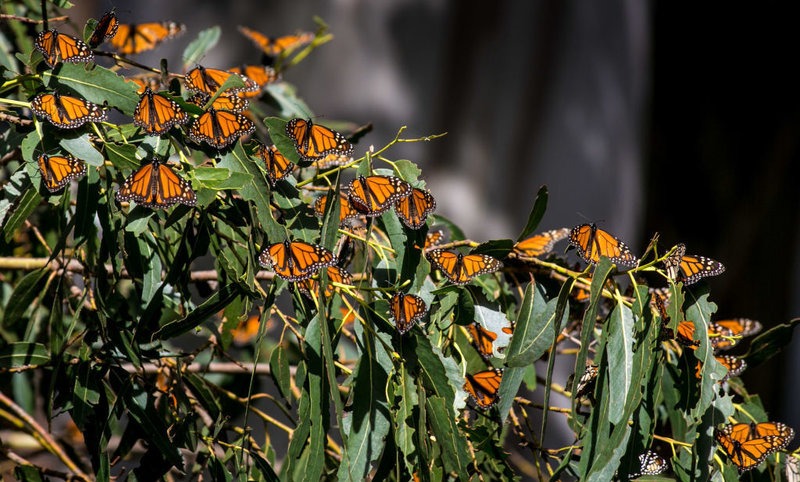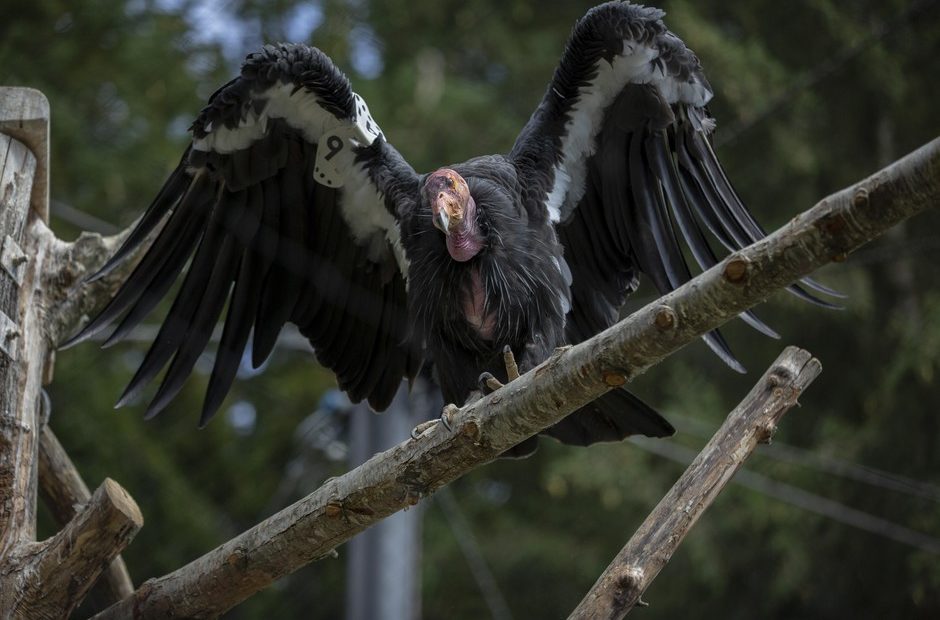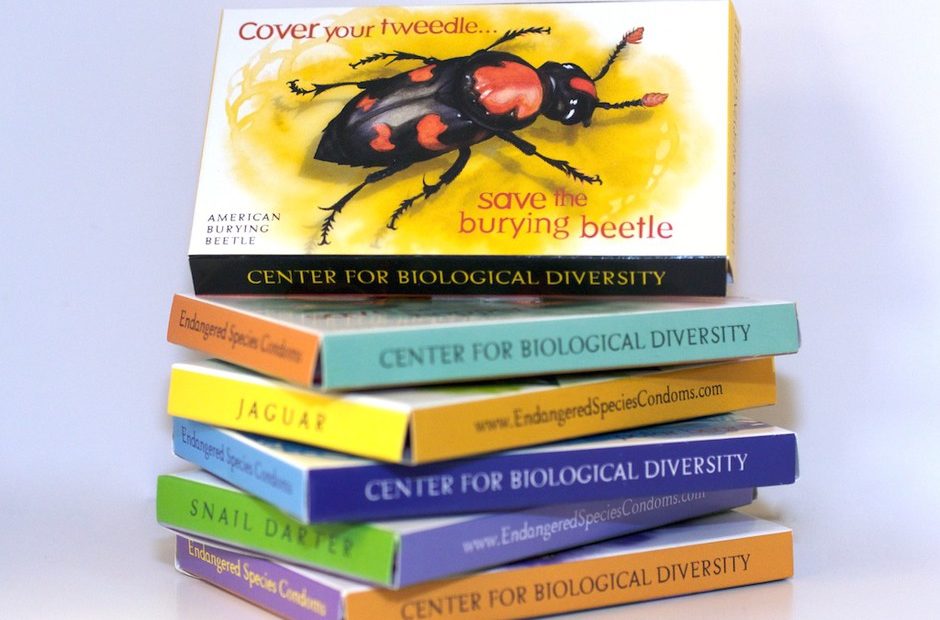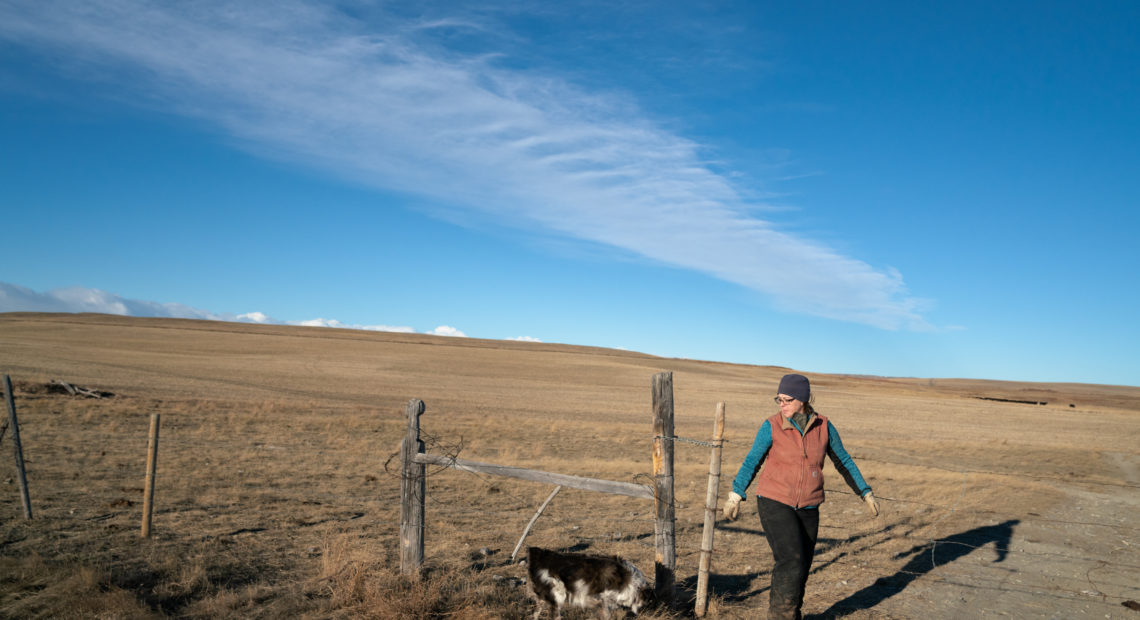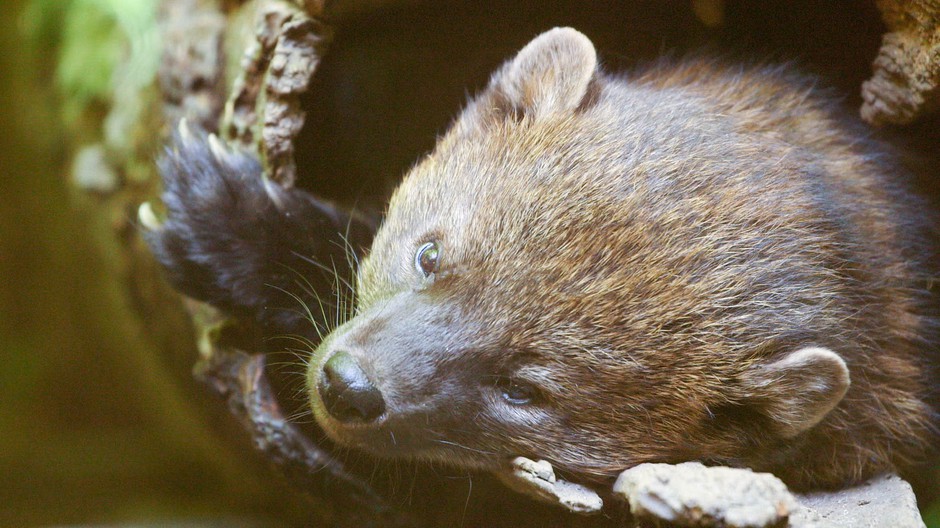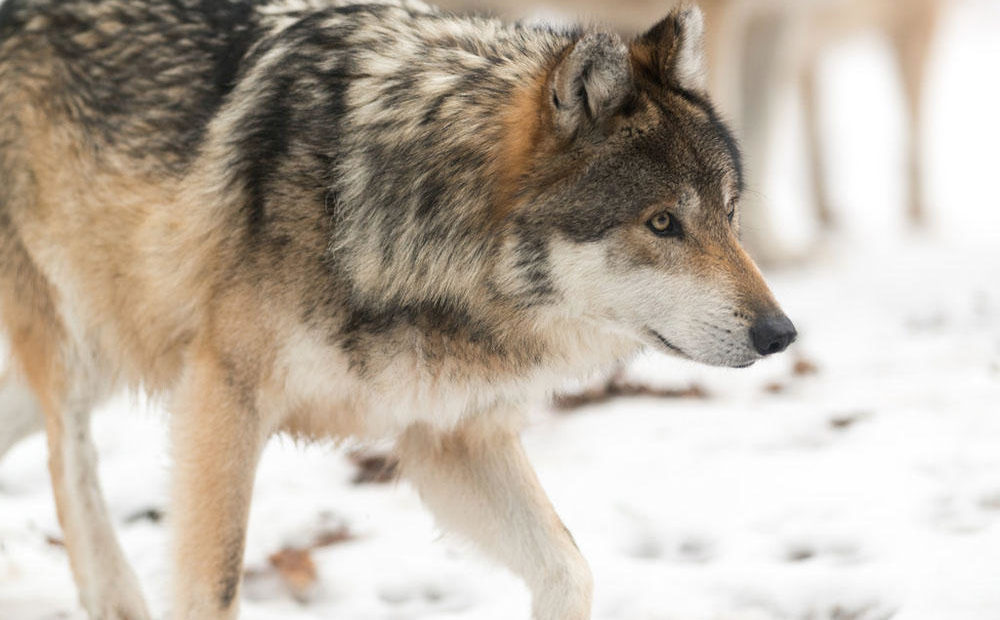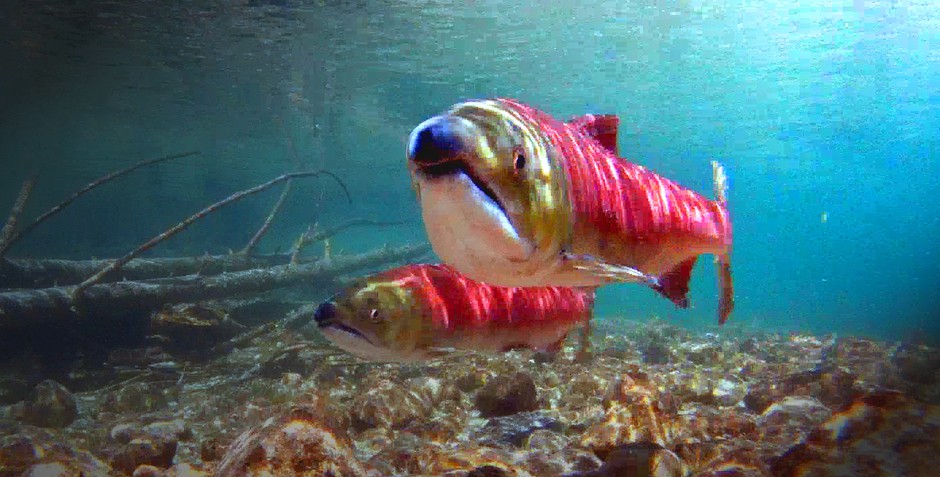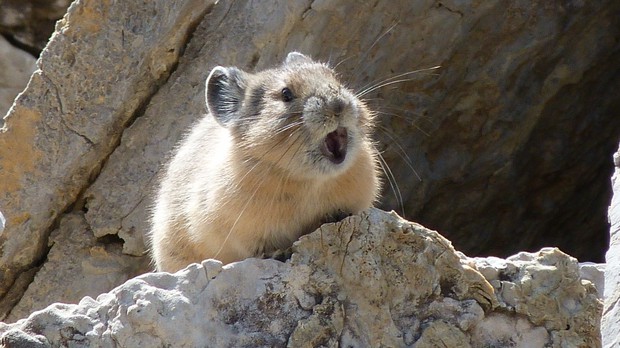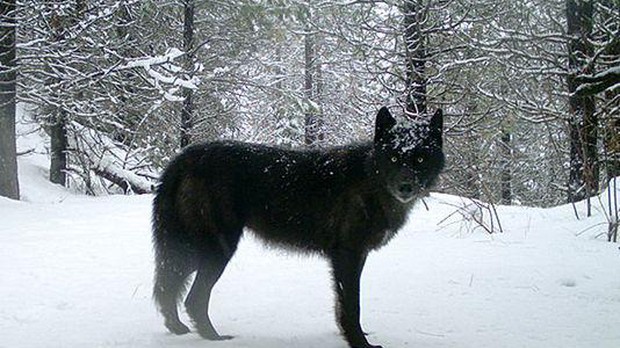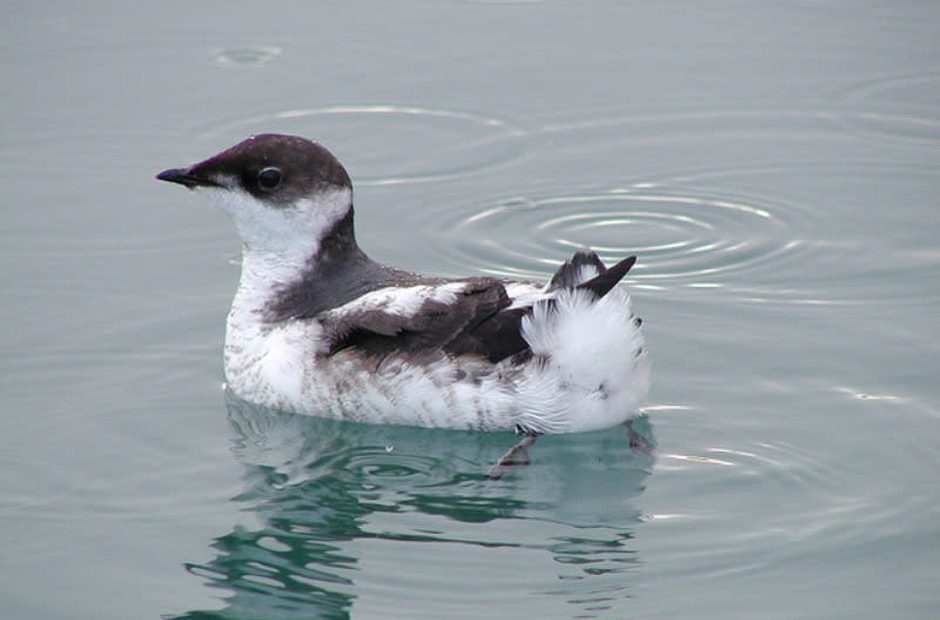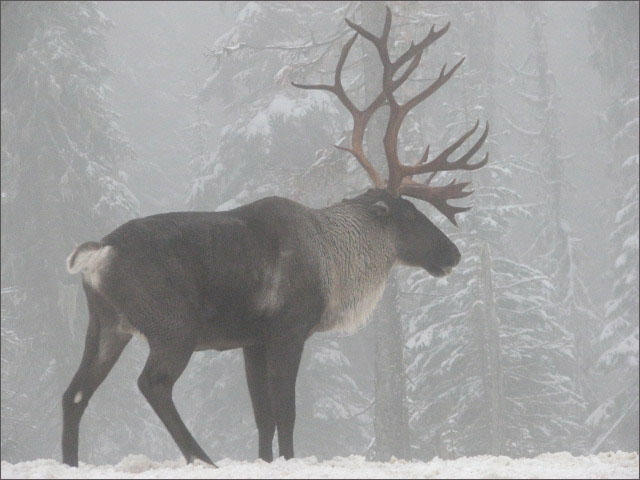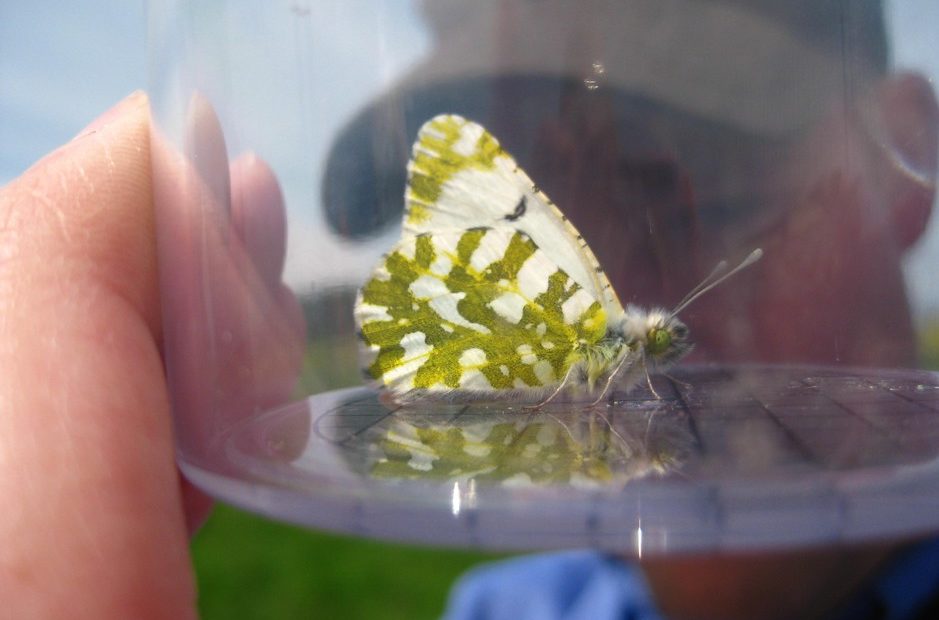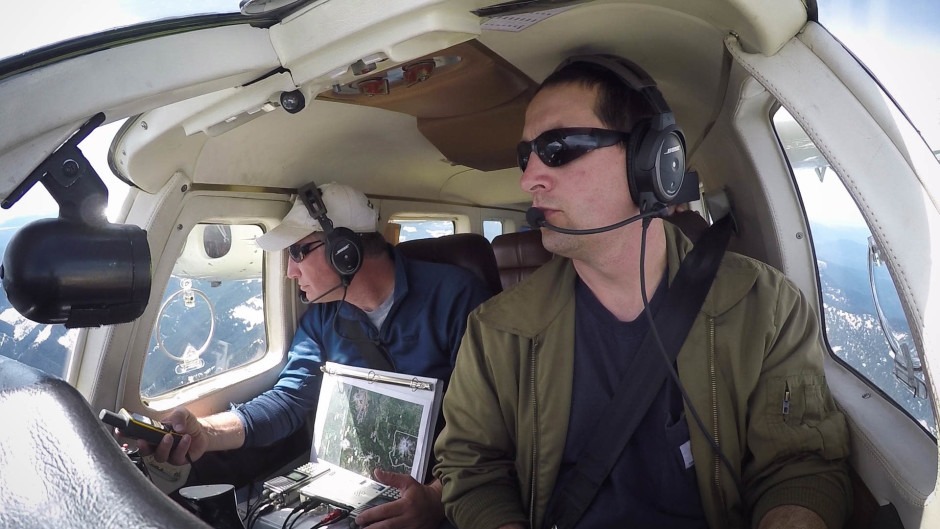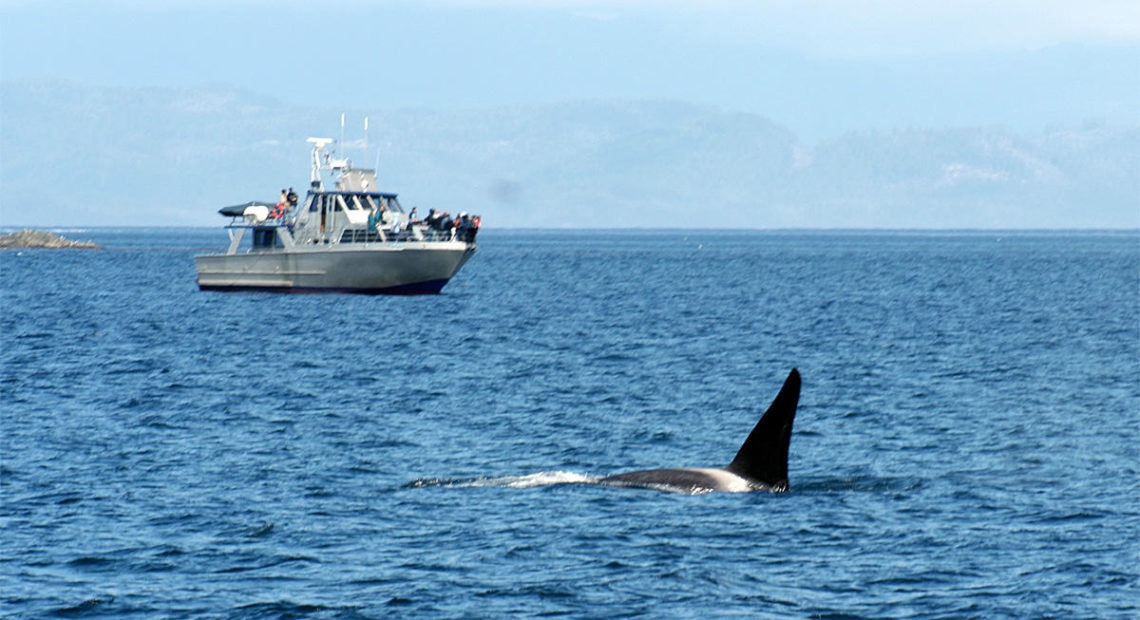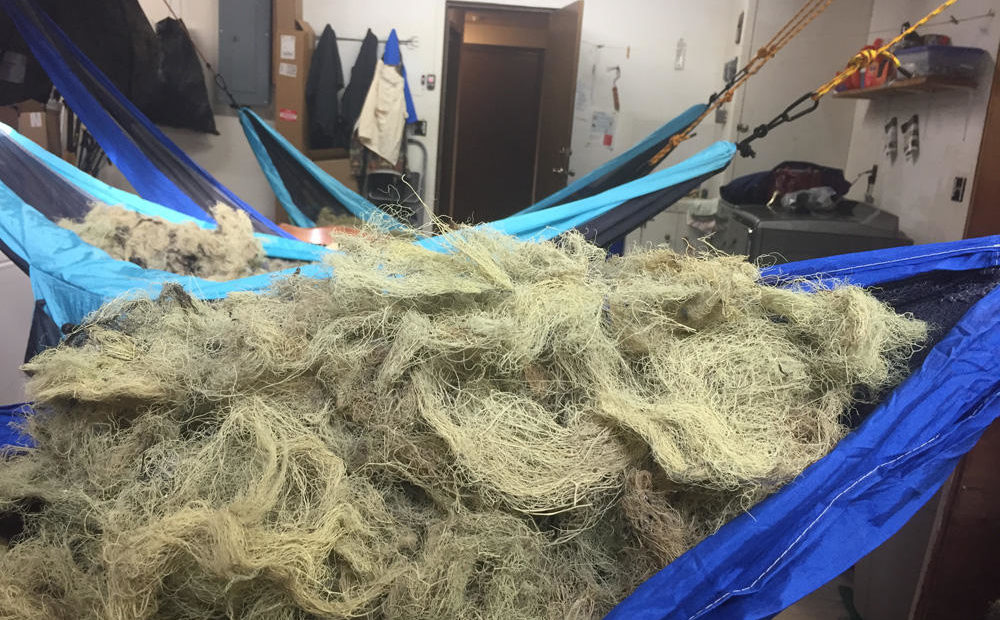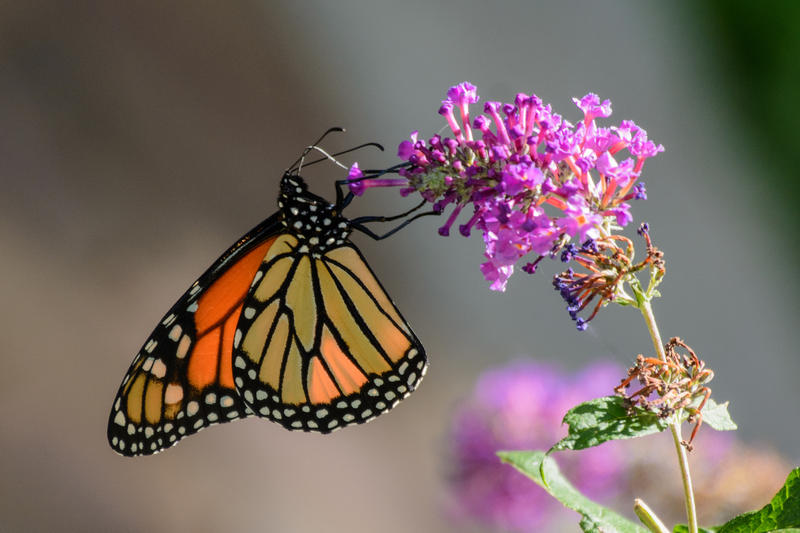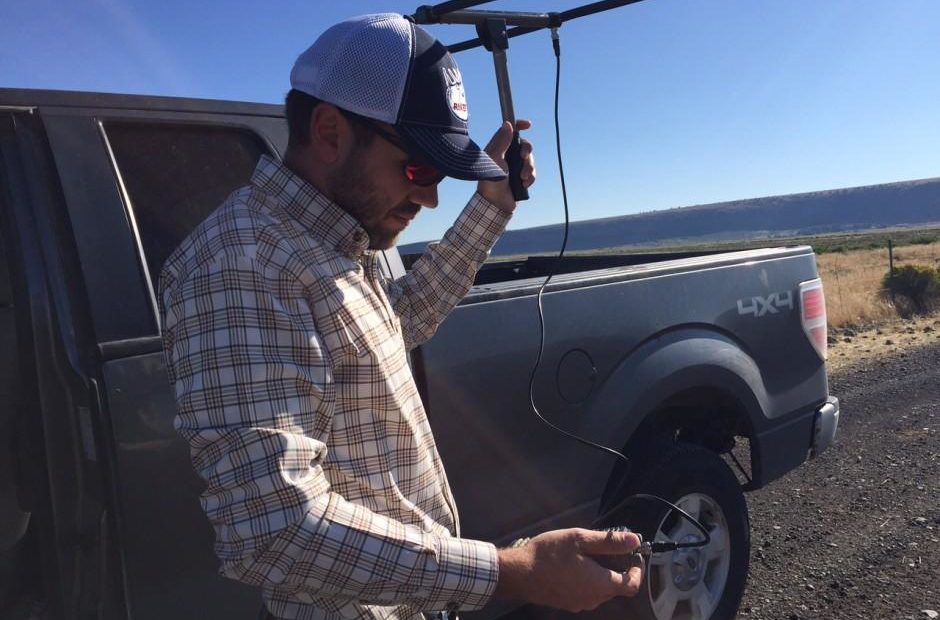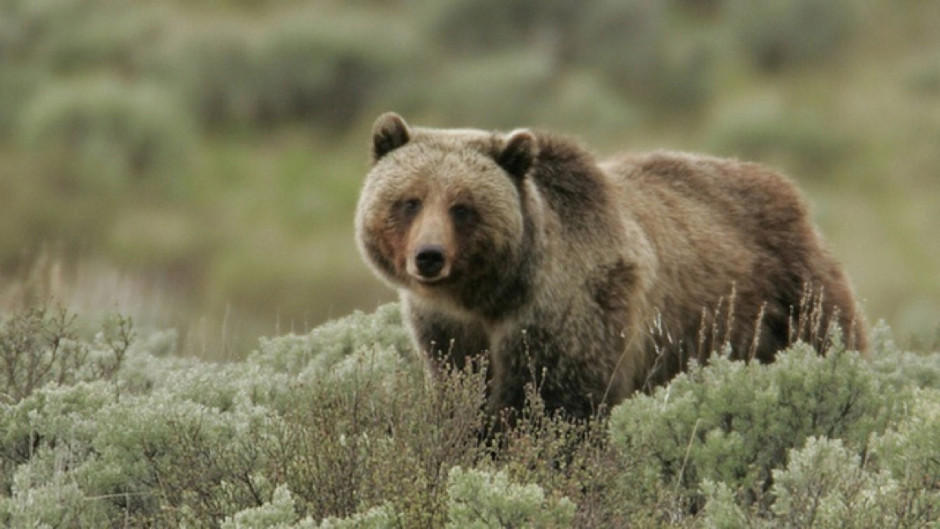Seth Hulett, Audubon Washington’s senior program manager of the Columbia Plateau, searches through his spotting scope for sage grouse. (Credit: Courtney Flatt / NWPB) Listen (Runtime 4:12) Read In south-central […]Read More
A Western gray squirrel. (Courtesy of the Washington Department of Fish and Wildlife.) Listen (Runtime 0:57) Read Washington’s Western gray squirrels are in trouble. So much so that state officials […]Read More
At Northwest Trek in Eatonville, Washington, there are about 300 northern leopard frogs, named for their spotted skin, swimming around in four tanks and getting ready for their new home.
The frogs are part of a conservation project that Northwest Trek is partnering with the Washington Department of Fish and Wildlife, the United States Fish and Wildlife Service, the Read More
The Army Corps of Engineers began emergency repair work May 22 on a jetty that sits at the mouth of the Skagit River’s North Fork, near La Conner.
Crews will use cobble and sediment to essentially plug porous areas of the McGlinn Island Jetty. Those gaps have stranded, harmed or killed out-migrating juvenile salmon this spring, according to a press release from the Read More
The majority of captains of big commercial ships entering and leaving Puget Sound are cooperating with a request to slow down temporarily to reduce underwater noise impacts to the Pacific Northwest's critically endangered killer whales. The duration of the experimental slowdown – modeled on a similar project in British Columbia – will be extended into the new year, Read More
When you cross paths with a wild animal, oftentimes you notice it and recognize it by name. Can you do the same with plants? Rich Old can. He has a […]Read More
Photo of Richard Old recording this episode of Traverse Talks across from Sueann Ramella. When you cross paths with a wild animal, oftentimes you notice it and recognize it by […]Read More
Paula Clements, técnica del Departamento de Pesca y Vida Silvestre de Washington, pone una trampa Tomahawk para atrapar conejos pigmeos. Los investigadores esperan vacunar a los conejos, en peligro de […]Read More
Paula Clements, a technician with the Washington Department of Fish and Wildlife, sets a tomahawk trap to catch pygmy rabbits. The researchers hope to vaccinate the endangered rabbits before a […]Read More
The number of ferruginous hawks in Washington continues to decline. The birds face multiple threats, including wildfires, urban sprawl and loss of prey.Read More
Northern leopard frogs are rapidly disappearing in the Northwest. Biologists hope this effort will help the population in Washington.Read More
If you’ve ever been hiking in the Cascades, high up in the alpine meadows, and were spooked by a streak of a bird, a plume of feathers that darted right in front of your face, you may have come across the Mount Rainier white-tailed ptarmigan.Read More
Sage grouse in the Columbia Basin are cut off from others in Oregon and southern Idaho, making them unique in their recovery. In 1998, Washington listed its sage grouse as threatened. They now occupy around 8 percent of their historic range in the state.Read More
The U.S Fish and Wildlife Service ruled against upgrading the iconic Northern spotted owl’s protection status Monday under the Endangered Species Act.Read More
Conservation groups say the animals need to be listed as threatened under the Endangered Species Act. Ten groups want to force the federal government to protect the elusive wolverines. The groups estimate there are around 300 wolverines left, sparsely scattered across the Mountain West, including Idaho, Washington and Oregon. Read More
At the end of the Obama administration, the U.S. Fish and Wildlife Service came up with a plan that was supposed to shorten a backlog of species that might need a place on the endangered species list or need more critical habitat protected. But the Center for Biological Diversity says that plan has gone by the wayside under the Trump administration. Read More
Seventeen states sued the Trump administration Wednesday to block rules weakening the Endangered Species Act, saying the changes would make it tougher to protect wildlife even in the midst of a global extinction crisis.Read More
Grouse numbers also continued to drop in 2019 in Oregon, Idaho and Wyoming. Weather can affect populations from year to year, and wildlife officials say those short-term cycles are most directly responsible for the recent declines.Read More
Moving imperiled sage grouse from one spot to another can be hard on the birds. But research from Washington State University suggests that after a restless adjustment period, the birds eventually get used to their new homes.Read More
What is the cost to the economy when an animal is listed as an endangered species? The Trump administration could soon start to publicize that calculation, along with the cost and benefits of categorizing an animal that way, under new rules it finalized earlier this month.Read More
The Trump administration’s announced changes Monday to how the Endangered Species Act will be enforced by federal agencies set off waves of criticism, including vows by several states to challenge the move. Environmental groups also say they may sue to stop the new rules.Read More
In a move that critics say will hurt plants, animals and other species as they face mounting threats, the Trump administration is making major changes to how the Endangered Species Act is implemented. Read More
The monarch population has declined more than 80% in the past 20 years, and the U.S. Fish and Wildlife Service is considering them for the endangered species list. Hobbyists and educators have responded by raising and releasing butterflies. But there are issues, they say, with releasing captive, potentially nonmigratory butterflies into the wild population.Read More
Federal agencies and Northern California’s Yurok Tribe have released a plan to reintroduce critically endangered California condors to the Pacific Northwest.Read More
Before you wrap up that date with your special someone, there’s something else conservationists hope you wrap up as well … for the love of wildlife. They say preventing unplanned pregnancies could actually help save endangered species.Read More
Since being listed as threatened under the Endangered Species Act, grizzly bear populations in northwest Montana and the Greater Yellowstone Area have more than tripled in size. That tolerance, scientists and wildlife officials say, is key to the grizzly bears' future as the effects of climate change harden, the West gets more crowded, and bears spreads into areas they Read More
Washington’s North Cascades will soon see the return of a small, weasel-like predator called the fisher. The carnivores have been missing from the area since the 1930s. Biologists hope the reintroduction next week will follow in the footsteps of other successful efforts in Washington.Read More
The U.S. House passed a bill Friday that would end federal protections for gray wolves in the Lower 48 states. For wolves in the Northwest, that would mean protections fall to state agencies. Read More
The Trump administration is proposing key changes to the Endangered Species Act. It’s a move conservation groups say could greatly weaken the way animals and plants are protected.Read More
Pikas like it cold, so, as the climate has warmed, they’ve disappeared from lower elevations where they used to live. For years, scientists thought pikas were adapting to climate change by moving uphill. But new research indicates the news is even worse than that.Read More
The federal government is reviewing the endangered species status of gray wolves in the Lower 48 states — a move that could lead to reduced protections. This includes the western parts of Oregon and Washington, where wolves are considered endangered under U.S. law.Read More
The Oregon Fish and Wildlife Commission has decided not to elevate the endangered species status of the marbled murrelet after all.Read More
The last caribou herd in the Lower 48 is dwindling. According to aerial survey data collected earlier this spring, it’s down from 11 animals last year to just three. In recent weeks, national headlines have deemed the animals of the herd ‘functionally extinct.’Read More
There’s only one place you can find one of North America’s rarest butterflies: on a small patch of an island in Washington’s Puget Sound. And it’s in trouble. That’s why the federal government wants to add the island marble butterfly to the endangered species list.Read More
Biologists released a handful of weasel-like animals called fishers into the Washington Cascades in 2015. Two years later, the scientists returned to see if they were surviving and reproducing.Read More
In Olympia, state lawmakers are considering stronger protections for the critically endangered population of resident killer whales.Read More
The last herd of caribou found anywhere in the lower 48 states is in the Pacific Northwest. To be clear, this caribou herd is tiny.Read More
The western monarch butterfly is disappearing. With its distinct orange-and-black wings, the monarch is one of America’s best-known butterflies. But for the past few decades, their numbers have dropped, threatened by climate change, pesticides and habitat loss.Read More
Andrew Shields, a wildlife biologist for Roaring Springs Ranch in southeastern Oregon, searches for a radio collared sage grouse. Photo credit: Courtney Flatt Listen The plight of greater sage […]Read More
The Yellowstone grizzly bear is an omnivore, it eats meat, fruits, berries, grass and bugs. Photo credit: Yellowstone National Park Listen Would you like to see more grizzly bears […]Read More

